NASA’s James Webb Space Telescope was launched in December 2021 in an effort to increase the international community’s understanding of the universe. This highly advanced space telescope has the ability to outstrip Hubble Space Telescope and see back to the formation of early galaxies.
A little under a year and half after its launch, the telescope has started sending back images that are flabbergasting to astrophysicists and cosmologists.
Early Galaxies Too Big to Fit Current Models

The images received show at least six galaxies formed in the ballpark of 500 million years after the Big Bang. The problem is, they’re so large that they confound the current understanding of the development of galaxies.
Scientists never expected this. Joel Leja, an astrophysicist, has noted that the James Webb Telescope “discovered galaxies as mature as our own in what was previously understood to be the dawn of the universe.”
What Scientists Used to Believe

The earliest galaxies formed about 350 million years after the Big Bang. Most of these were, in comparison to the Milky Way, dwarf galaxies that took a long time to form celestial bodies. Once they did, they never grew very large.
This long-held understanding has been completely flipped on its head by the new images coming back to Earth. These images show early galaxies with possibly hundred of billions of stars, and one appears to be around ten times the size of the Milky Way.
What About the Milky Way?
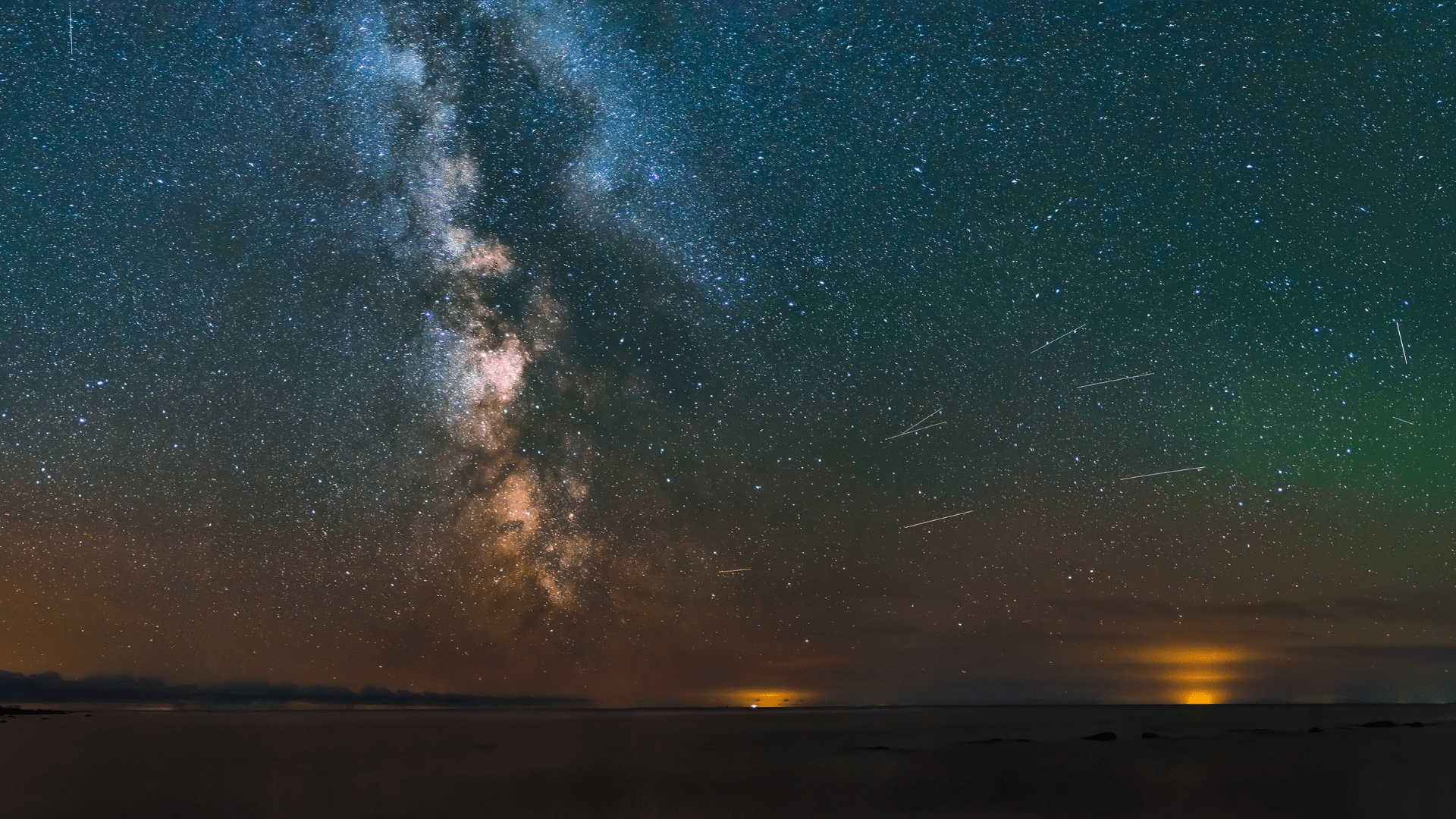
The Milky Way formed itself about 800 million years after the universe’s birth. Scientists estimate that our galaxy is comprised of approximately 100 billion stars.
Scientists believe that our galaxy took approximately 5 billion years to completely form. So of course, scientists reviewing these new findings are stunned. “It’s bananas,” commented Erica Nelson, an astrophysicist at the University of Colorado, Boulder who co-authored the paper that brought these findings to the scientific community.
How Exactly the James Webb Telescope Outstripped Hubble
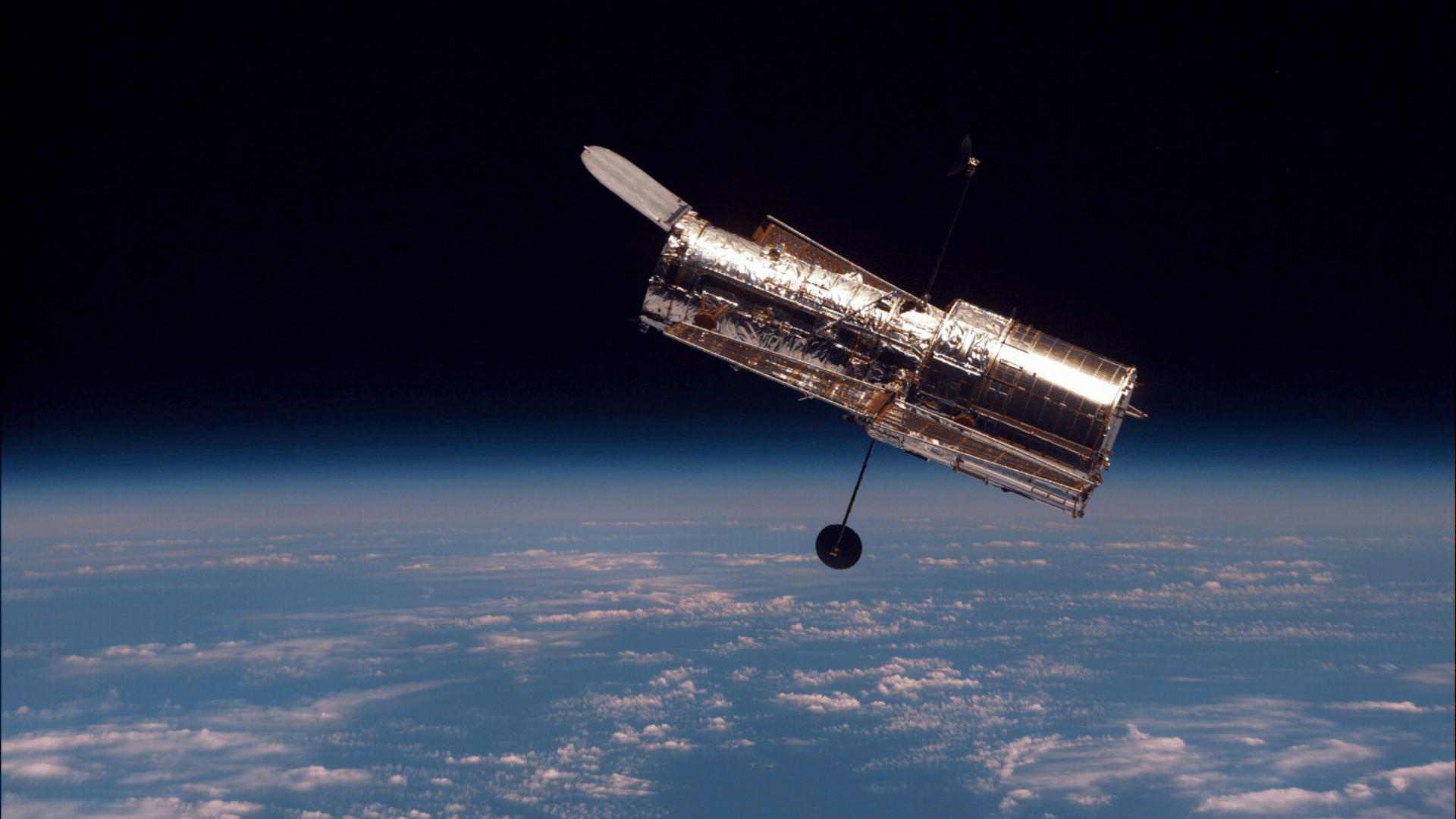
The James Webb Telescope took these images in a piece of sky near the Big Dipper. This same area of space had been observed by the Hubble Space Telescope in the past.
The Hubble Space Telescope observed nothing unusual in its scan of this region. However, the Hubble primarily images in the visible spectrum. The Webb telescope, on the other hand, operates in the infrared spectrum, allowing it to bring a completely new view of this once-mapped area of space.
How Infrared Works on the James Webb Space Telescope
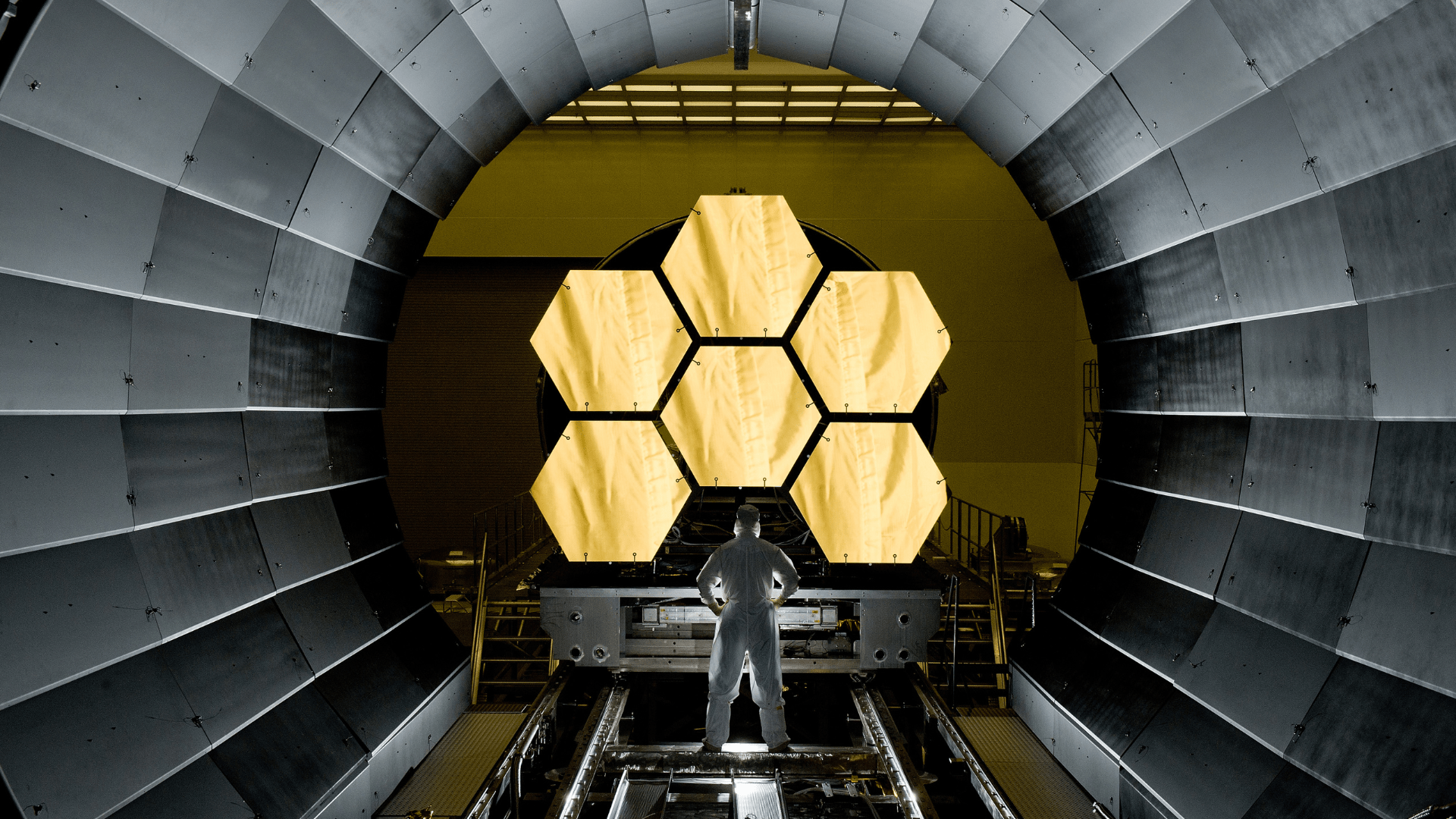
The Webb telescope is sophisticated in its construction, using a primary and secondary mirror to intercept and redirect infrared light.
This ability to capture and redirect infrared light to instruments on Earth allows the Webb telescope a unique advantage. It can observe celestial bodies that are too cool or faint for the visible spectrum. Therefore, it can image very old stars, nebulae, and the like.
Conventional Science May Be Upended
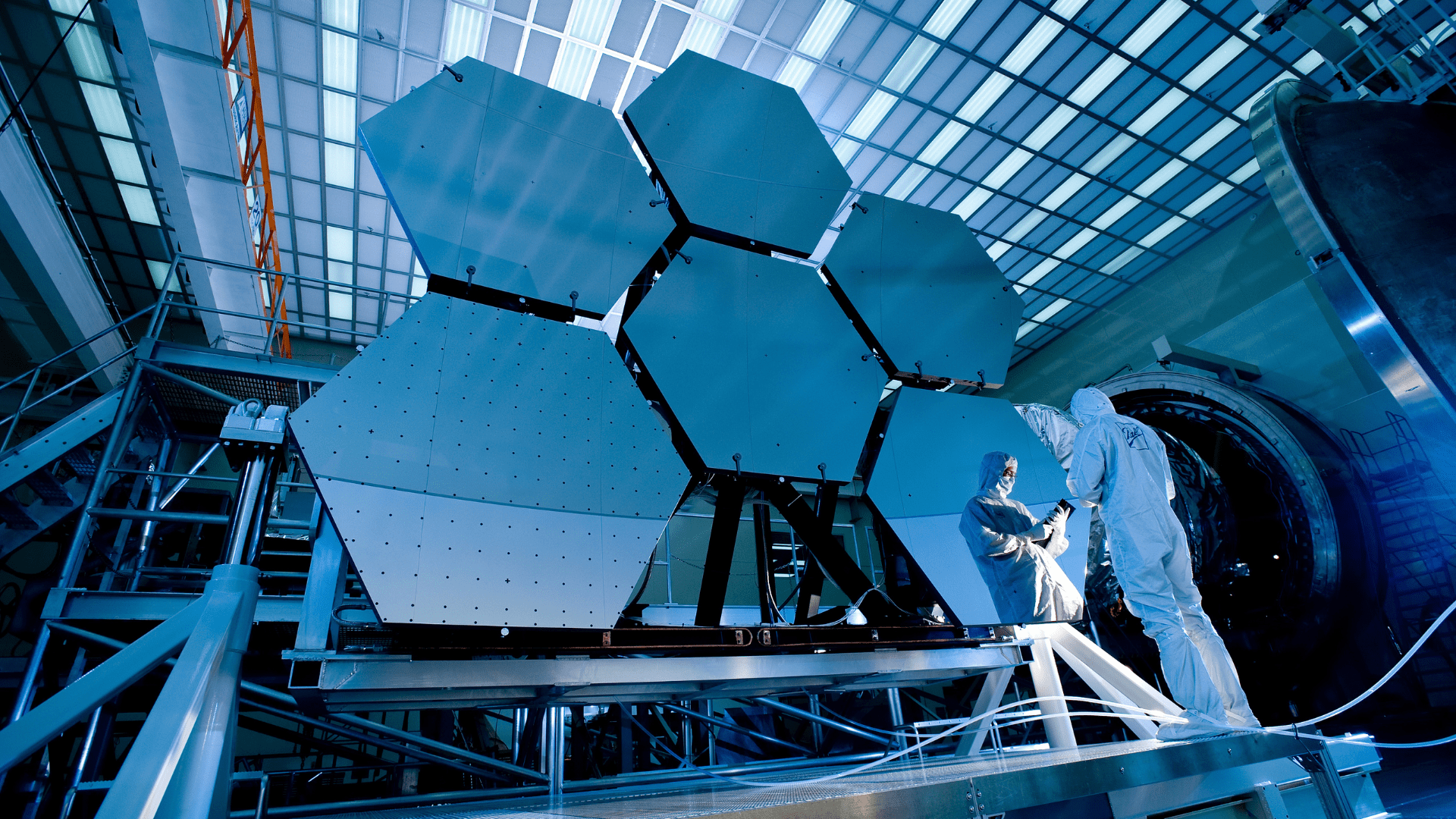
The discovery of these massive galaxies at so young a time in the universe’s history will force a large-scale rethinking of cosmology.
Leja says that this “revelation that massive galaxy formation began extremely early in the history of the universe upends what many of us had thought was settled science.”
They’re Calling Them “Universe Breakers”
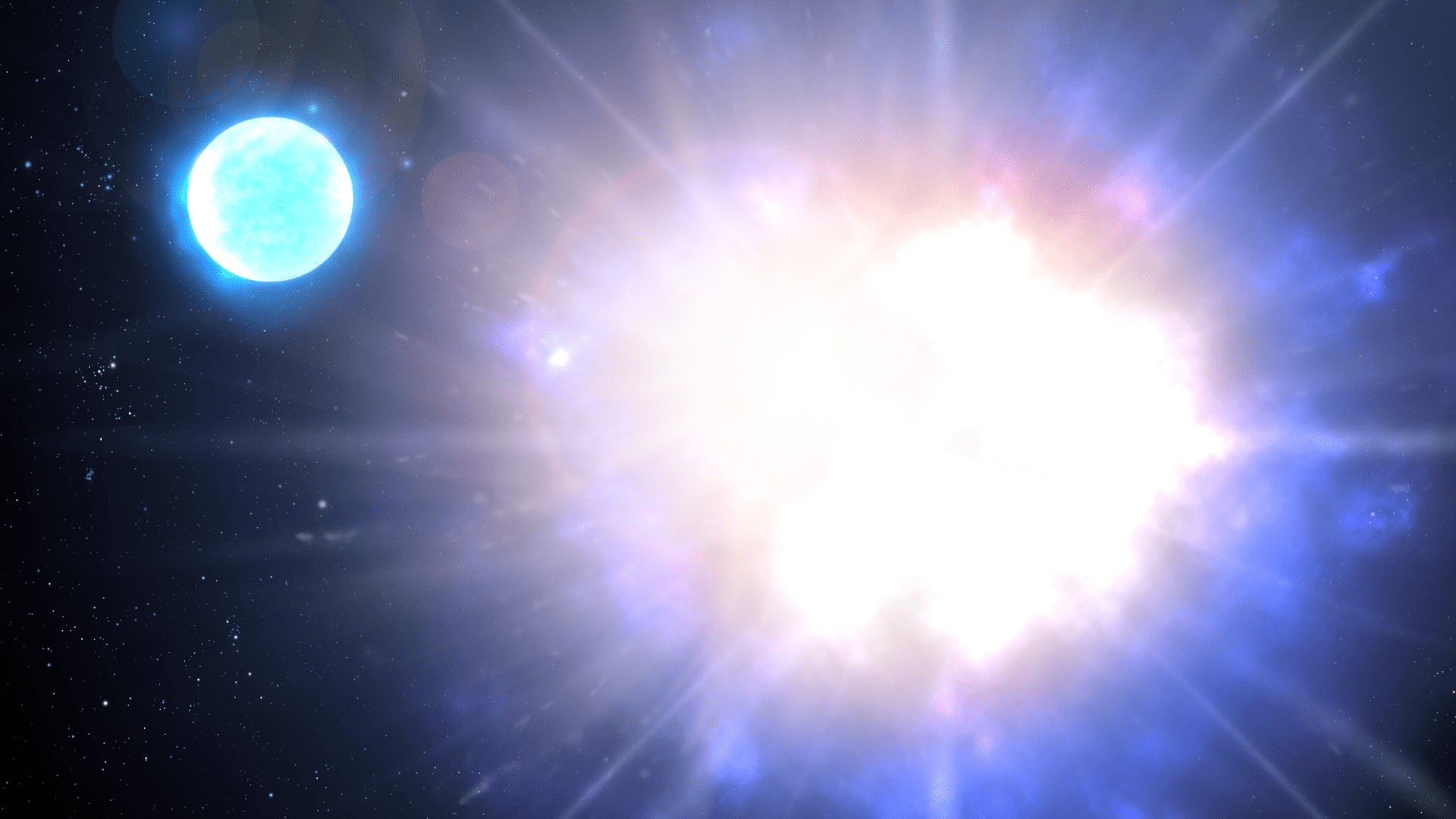
Members of Leja’s research team have begun referring to these massive early galaxies as “universe breakers,” due to the fact that they may completely revolutionize our understanding of galaxy formation.
With the entire formation of the universe being called into question, this is an example of how the Webb telescope may begin to rewrite science books.
Is the Science Settled?

But do these images completely settle the issue? Some scientists are not so sure. Remember, good science always contains a healthy dose of skepticism.
This is only a first batch of images, so more investigations need to be conducted. For instance, the initial estimates of these galaxies’ sizes might be an illusion.
It Might Be Gravitational Lensing at Work
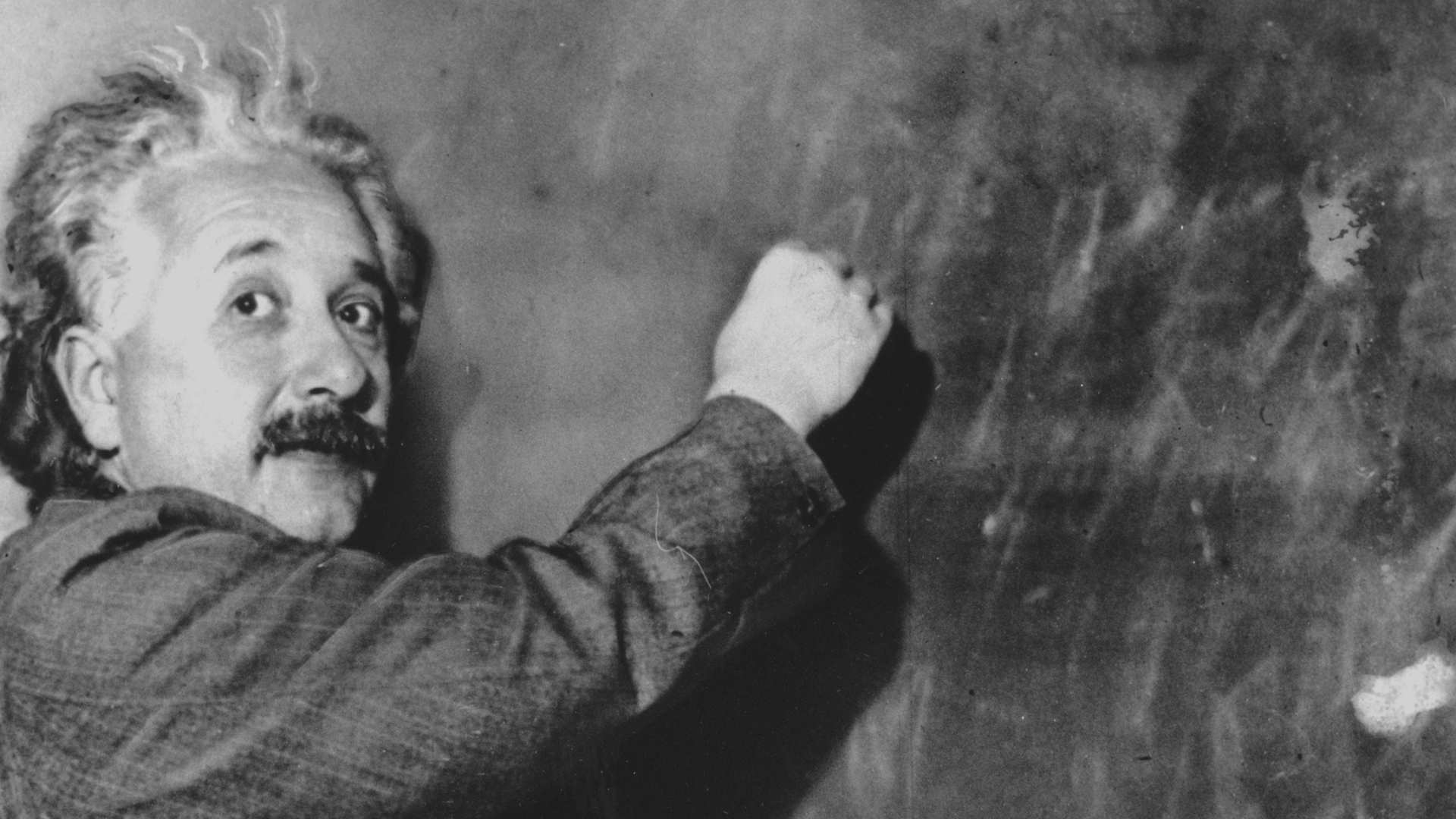
Albert Einstein put forward the idea of “gravitational lensing,” and a century or more of observations mainly confirmed his theory.
Gravitational lensing means that very distant light in space can be bent by the gravitational pull of celestial bodies. This creates an illusion which can make distant images appear much larger than they are.
Gravitational Lensing Has Been Dismissed
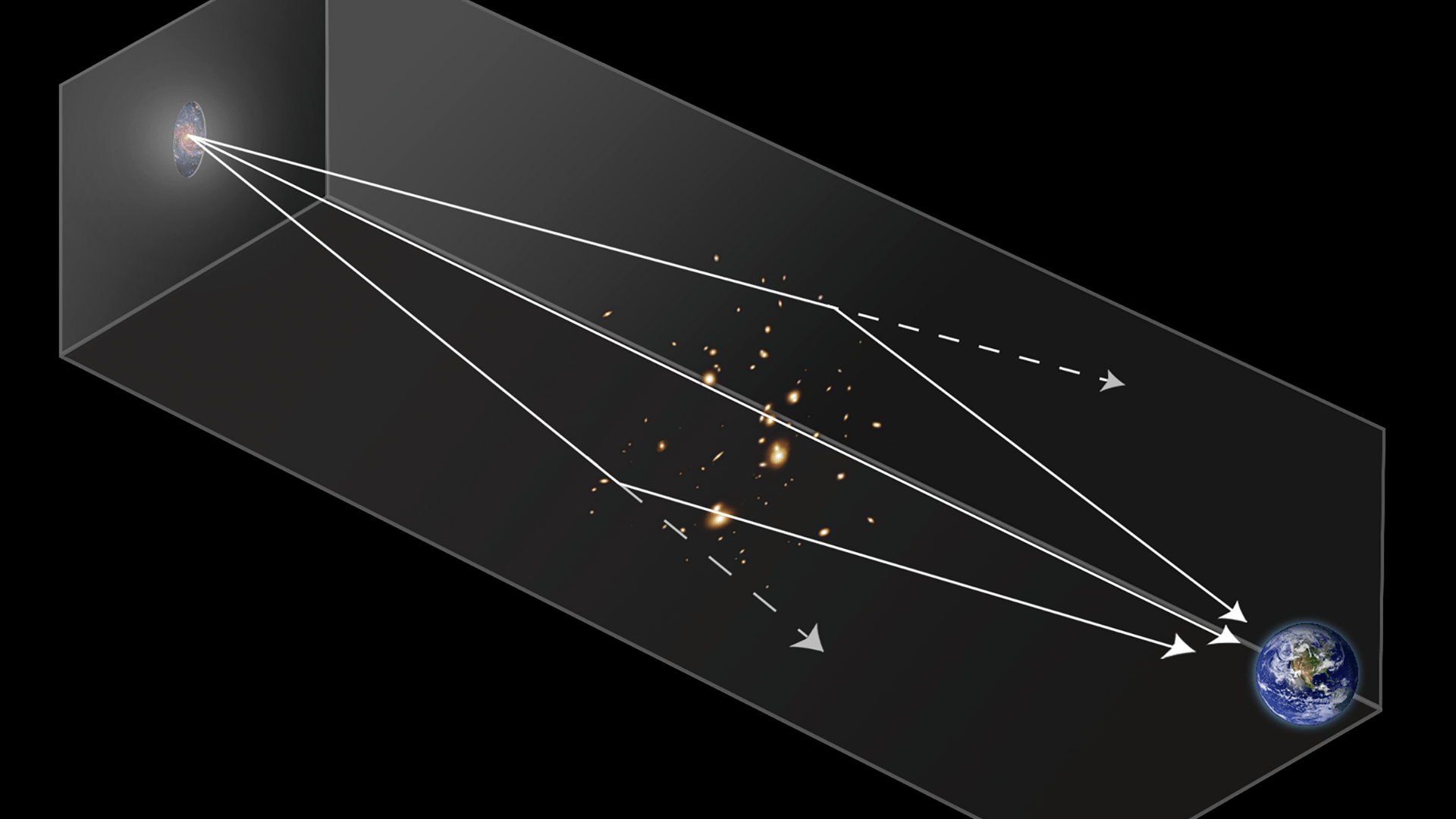
Is it possible that the researchers who analyzed the Webb telescope images and wrote the groundbreaking paper were simply under a false impression created by gravitational lensing?
This possibility was dismissed by scientists fairly fast. Through very close analysis of the images, they were able to confirm that there were no celestial bodies near enough to the galaxies for this phenomenon to take place.
Follow-Up Imaging and Analysis is Necessary

Still, all parties involved admit that follow-up research and analysis is necessary for conclusive evidence.
These galaxies cannot coexist with almost all of present cosmological knowledge, so thorough and repeated studies must take place. We’ll see how much the Webb telescope continues to disrupt our current models in the future.
